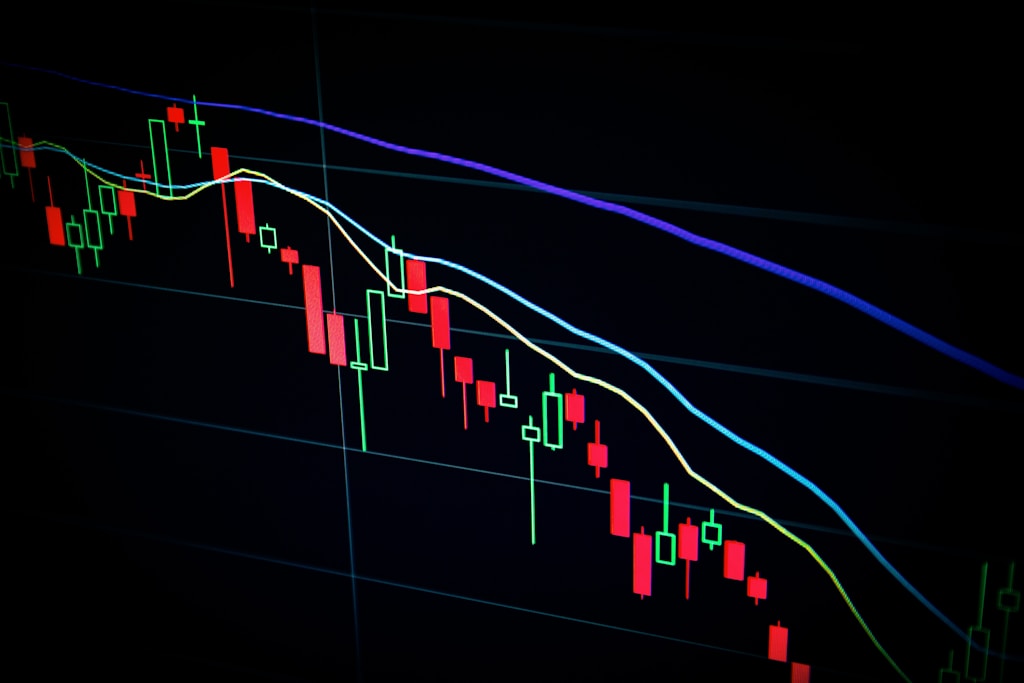Key Takeaways:
- Standard Chartered Bank maintains $500,000 Bitcoin price prediction
- Sovereign funds and institutional investors driving increased demand
- SEC filings indicate growing mainstream adoption
Standard Chartered Bank has reaffirmed its ambitious Bitcoin price forecast of $500,000, as institutional demand continues to surge amid positive regulatory developments. This prediction gains credibility following Bitcoin’s recent surge to $111,000, demonstrating growing institutional dominance in the market.
Institutional Adoption Fuels Bitcoin’s Rise
The banking giant’s analysis points to several key factors supporting their bullish outlook:
- Increased sovereign wealth fund participation
- Growing institutional investment through SEC-approved ETFs
- Mainstream financial integration
SPONSORED
Maximize your Bitcoin trading potential with professional-grade tools
Market Impact and Analysis
The forecast comes as Bitcoin demonstrates unprecedented institutional adoption, with ETF inflows reaching record levels. Standard Chartered’s analysis suggests a fundamental shift in market dynamics, driven by:
- Increased regulatory clarity
- Growing institutional infrastructure
- Rising sovereign adoption
Expert Insights and Future Outlook
Market analysts emphasize the significance of Standard Chartered’s maintained forecast, particularly given the bank’s conservative reputation. This aligns with other institutional predictions, including Robert Kiyosaki’s $1 million Bitcoin target.
FAQs
Q: What timeframe does Standard Chartered predict for Bitcoin to reach $500,000?
A: The bank maintains a long-term outlook but hasn’t specified an exact timeframe.
Q: How does this prediction compare to other institutional forecasts?
A: It aligns with other bullish institutional predictions, though it’s more conservative than some $1 million targets.
Q: What key factors could accelerate Bitcoin’s path to $500,000?
A: Continued institutional adoption, regulatory clarity, and sovereign fund participation are key catalysts.




